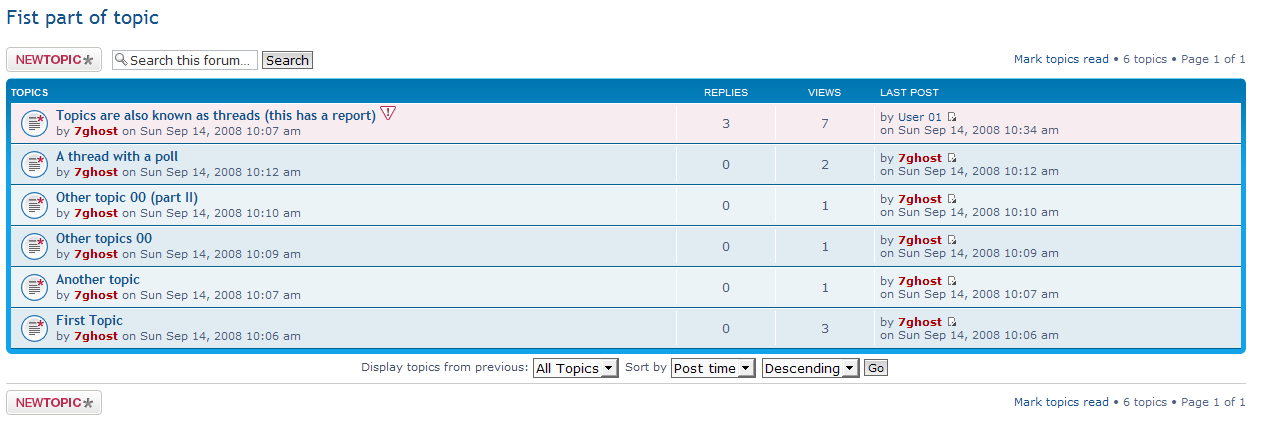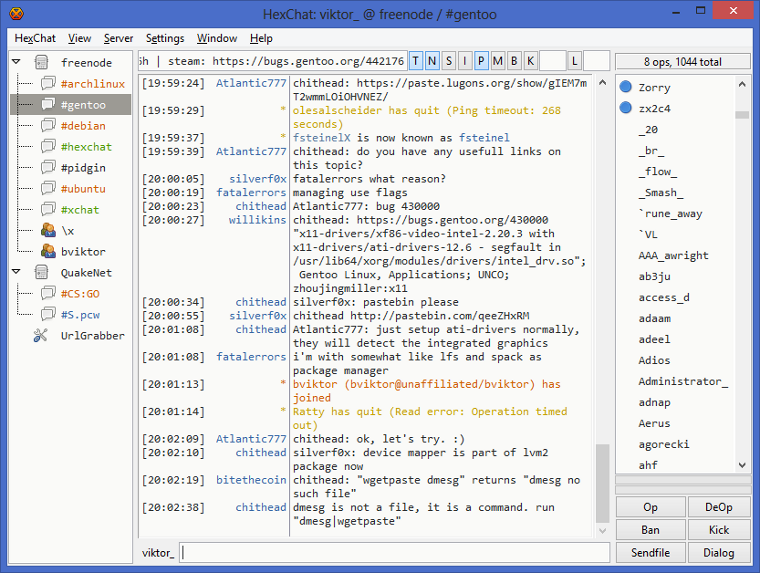Web 1.0 Social Media
Contents
5.2. Web 1.0 Social Media#
The first versions of internet-based social media started becoming popular in the late 1900s. The internet of those days is now called “Web 1.0.”
The Web 1.0 internet had some features that make it stand out compared to later internet trends:
If you wanted to make a profile to talk about yourself, or to show off your work, you had to create your own personal webpage, which others could visit.
These pages had limited interaction, so you were more likely to load one thing at a time and look at a separate page for each post or piece of information.
Communication platforms were generally separate from these profiles or personal web pages.
Let’s look at some of the history of Web 1.0 Social Media.
5.2.1. Email#
One of the early ways of social communication across the internet was with Email, which originated in the 1960s and 1970s. These allowed people to send messages to each other, and look up if any new messages had been sent to them.
5.2.2. Bulletin board system (BBS)#
In the 1980s and 1990s, Bulletin board system (BBS) provided more communal ways of communicating and sharing messages. In these systems, someone would start a “thread” by posting an initial message. Others could reply to the previous set of messages in the thread.

Fig. 5.1 An early bulletin board system. The entire interface was just plain text, and you had to type in commands to navigate to the different threads and read or reply with messages.#

Fig. 5.2 An newer bulletin board system. In this one you can click on the thread you want to view, and threads can include things like images.#
5.2.3. Internet Relay Chat (IRC)#
The 1980s and 1990s also saw an emergence of more instant forms of communication with chat applications. Internet Relay Chat (IRC) lets people create “rooms” for different topics, and people could join those rooms and participate in real-time text conversations with the others in the room.

Fig. 5.3 An irc chat application, where you can join a room, and watch and participate in the live conversation.#
5.2.4. AOL Instant Messenger (AIM)#
In 1997, the internet service provider AOL introduced a chat system called AOL Instant Messenger (AIM) that anyone could join and maintain a list of friends. You could then see what friends were currently available, and start sending them messages. You could also leave away messages or profile quotes.

Fig. 5.4 AIM let you organize your contacts and see who was currently online.#
5.2.5. Texting#
Around the same time, phone texting capabilities (SMS) started becoming popular as another way to send messages to your friends, family and acquaintances.
Additionally, many news sites and fan pages started adding built-in comment sections on their articles and bulletin boards for community discussion.
